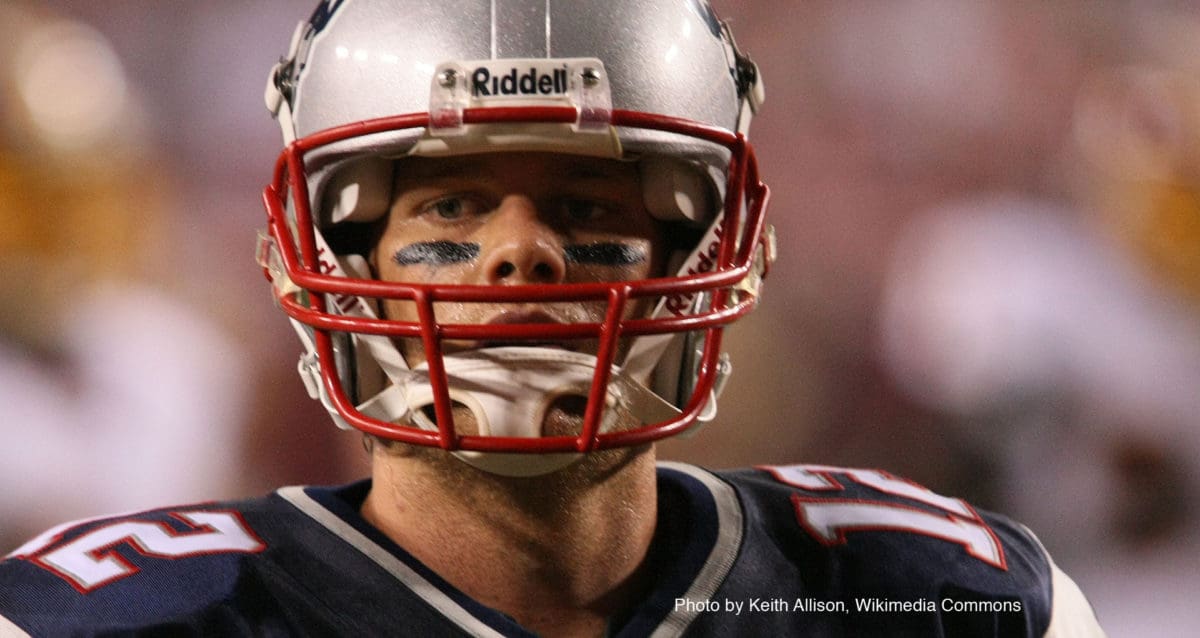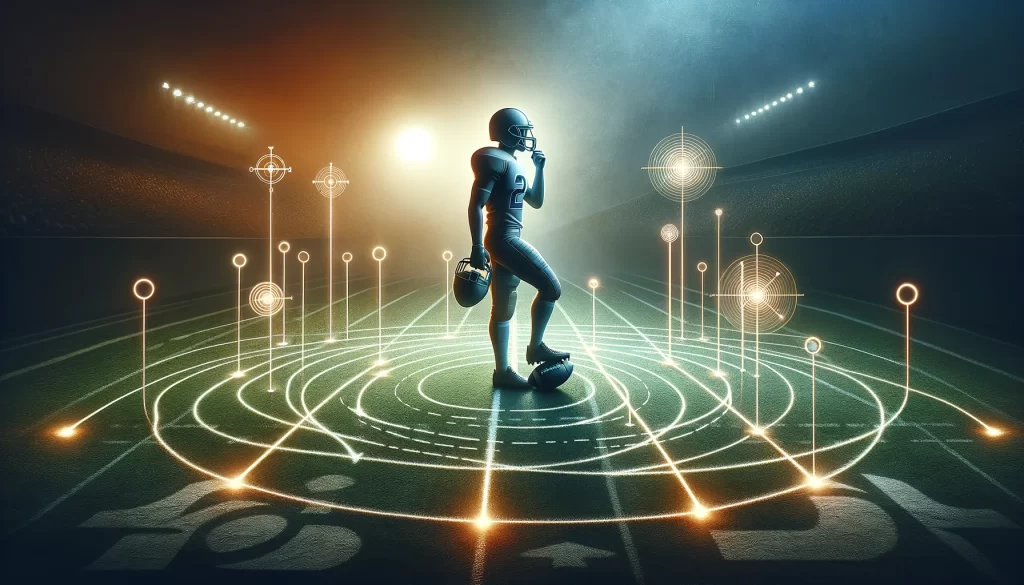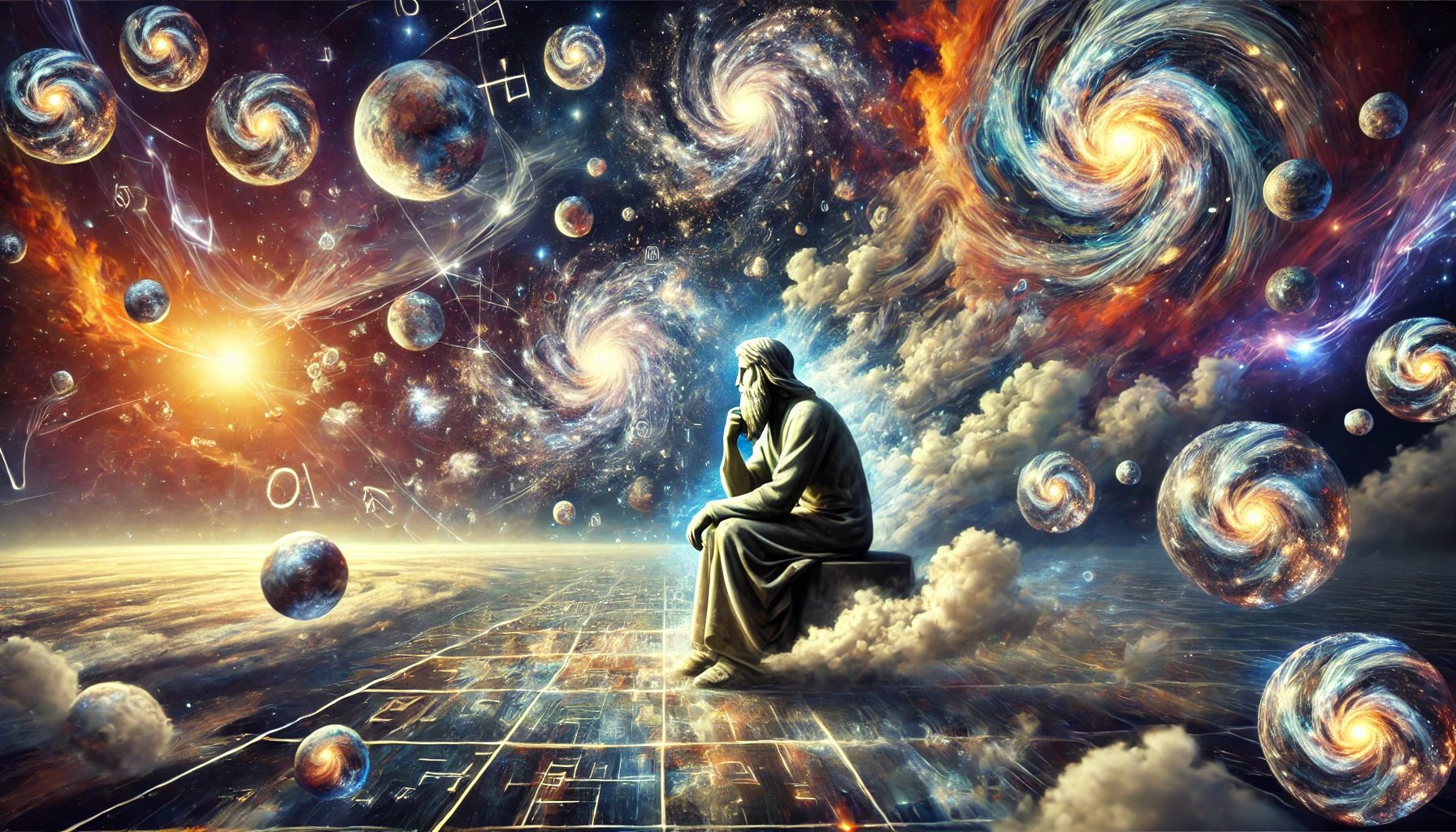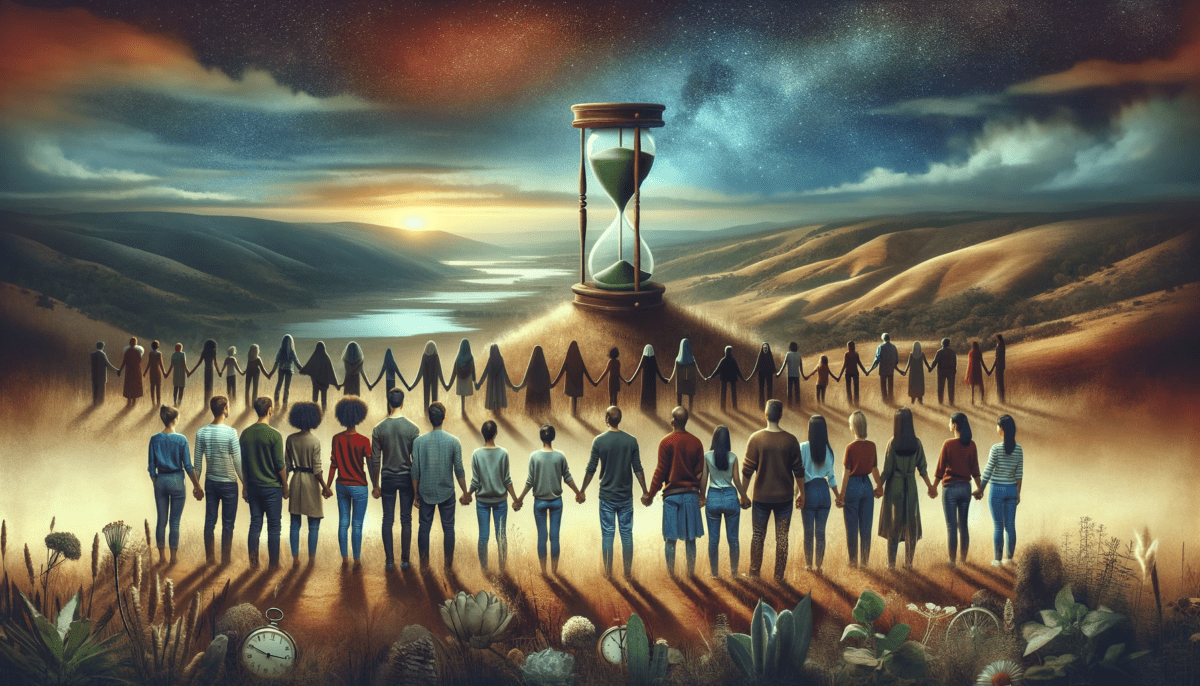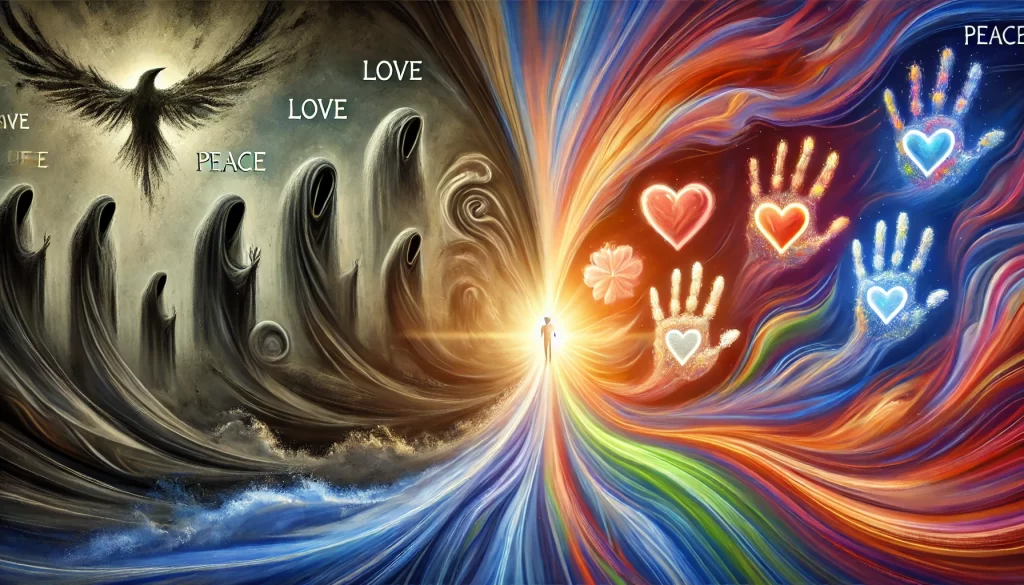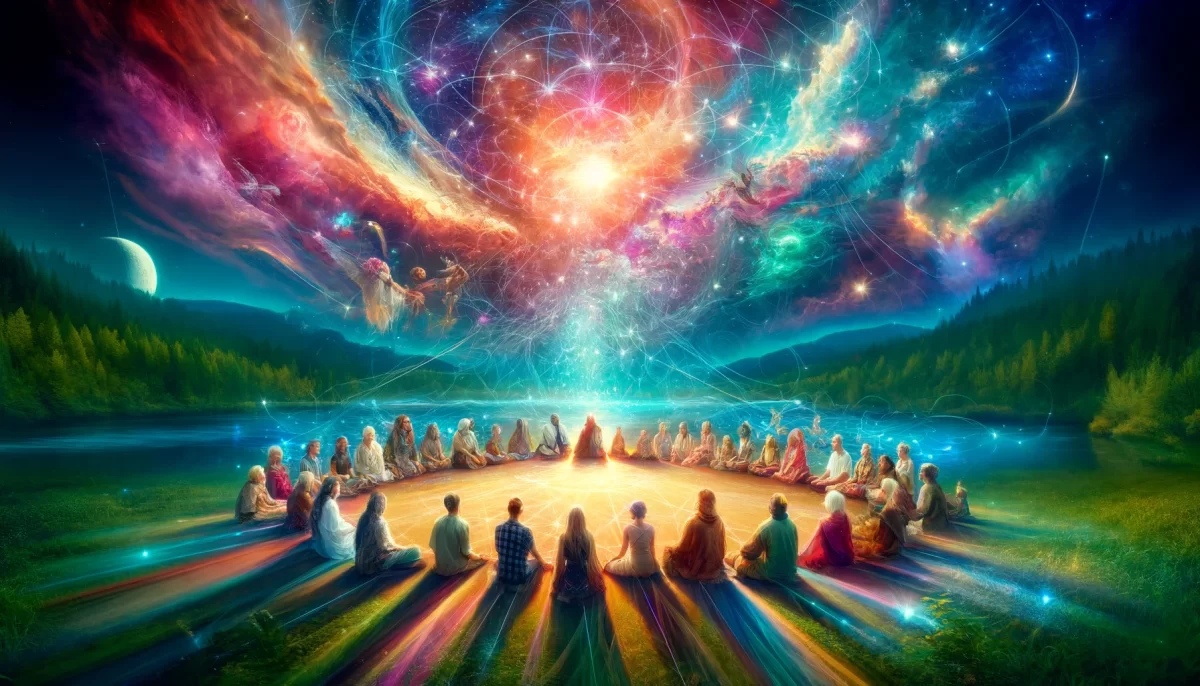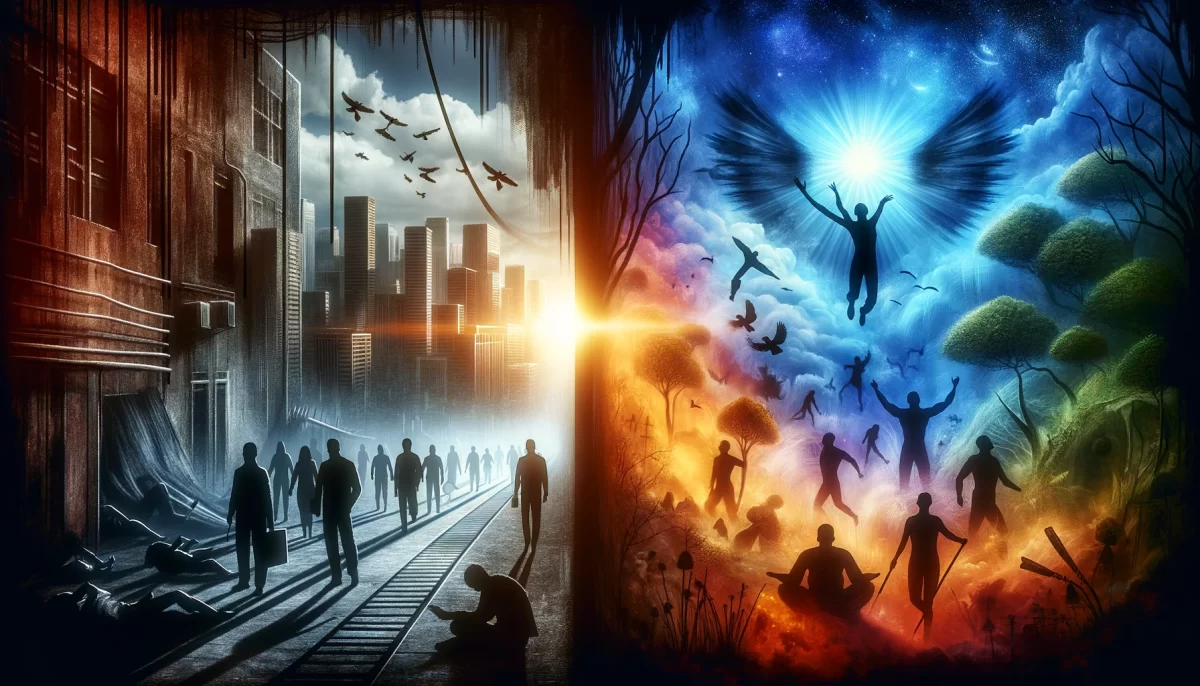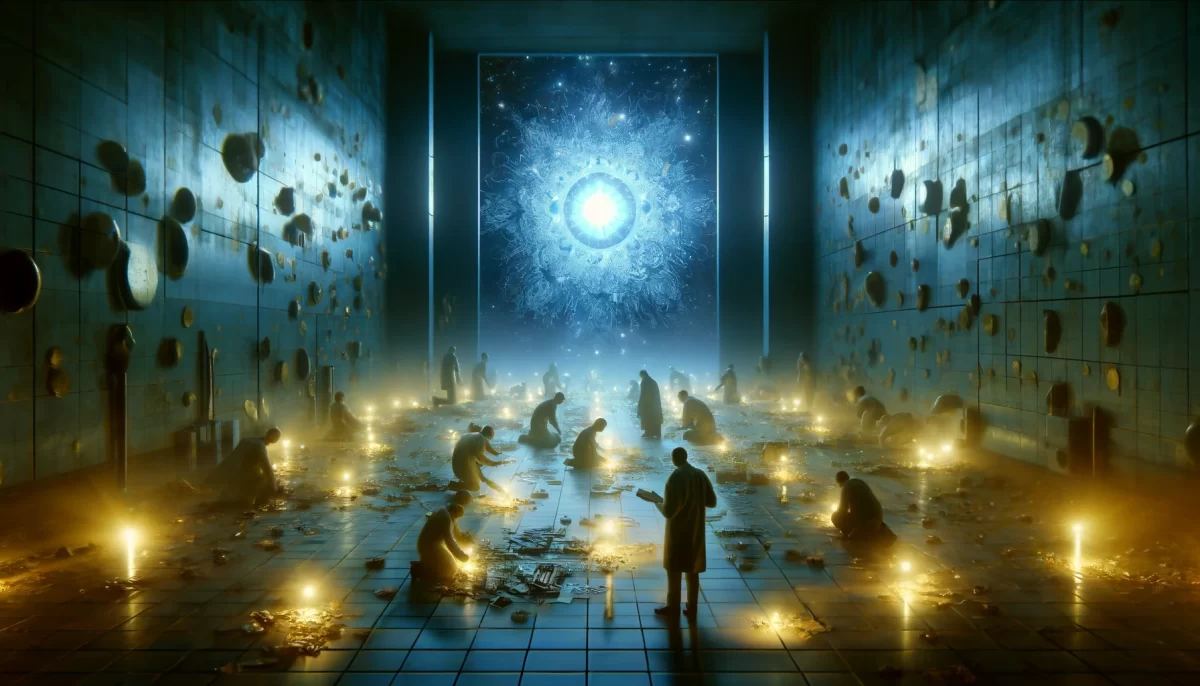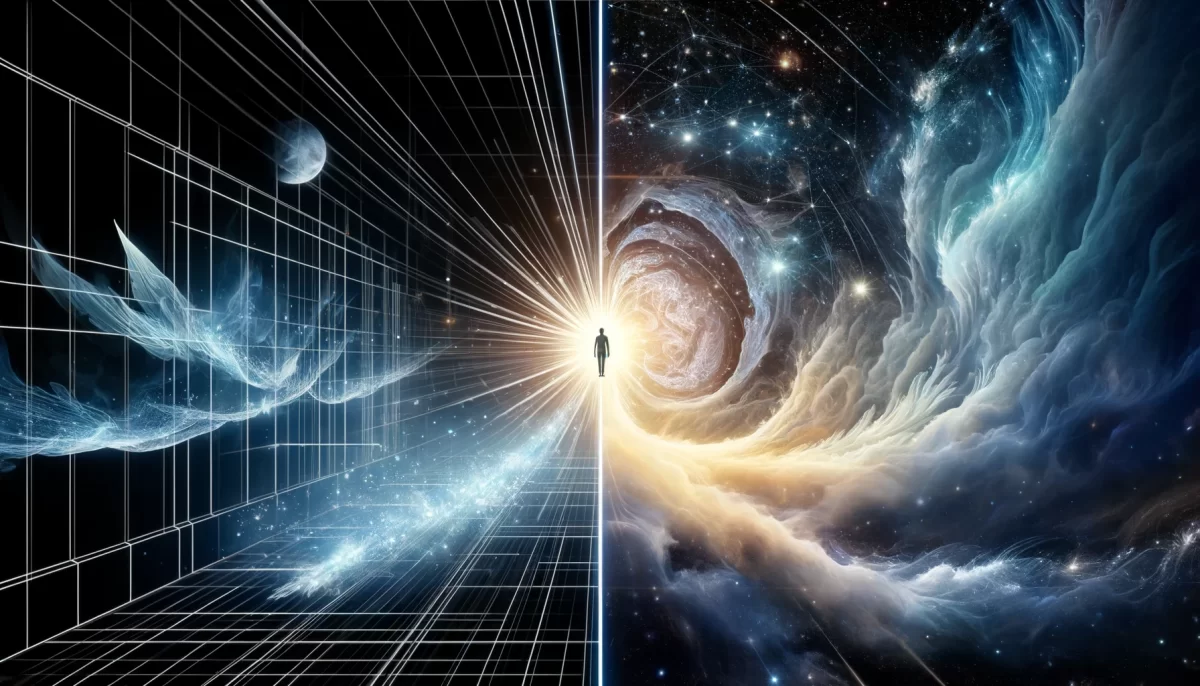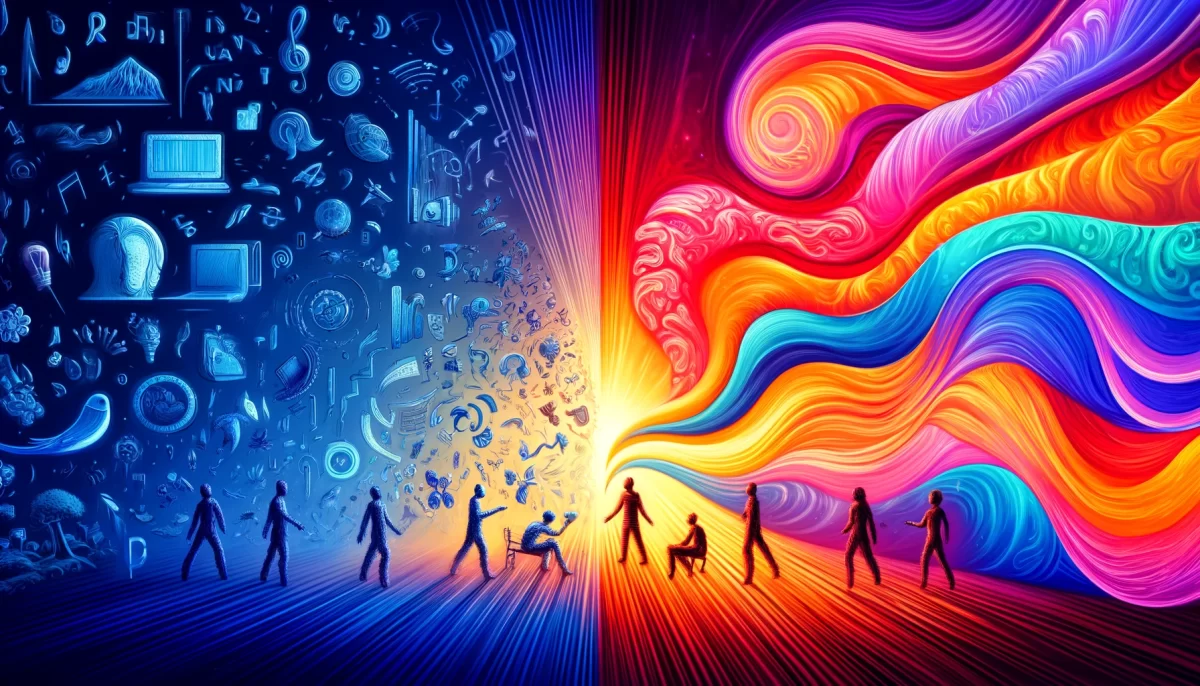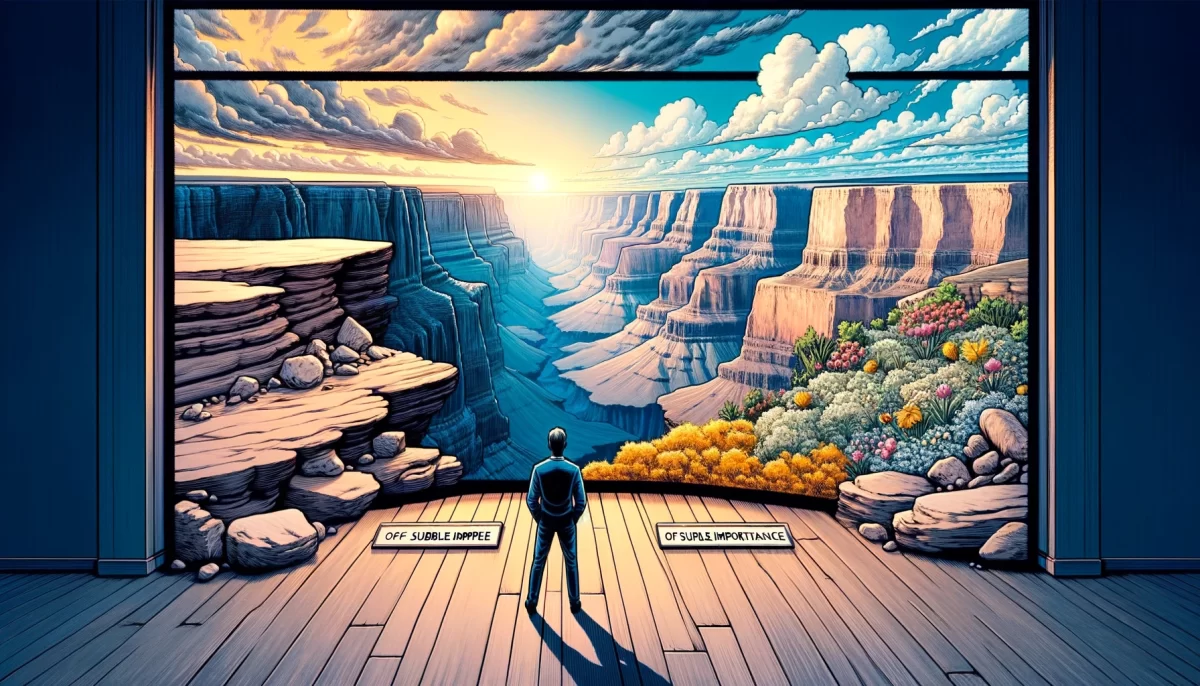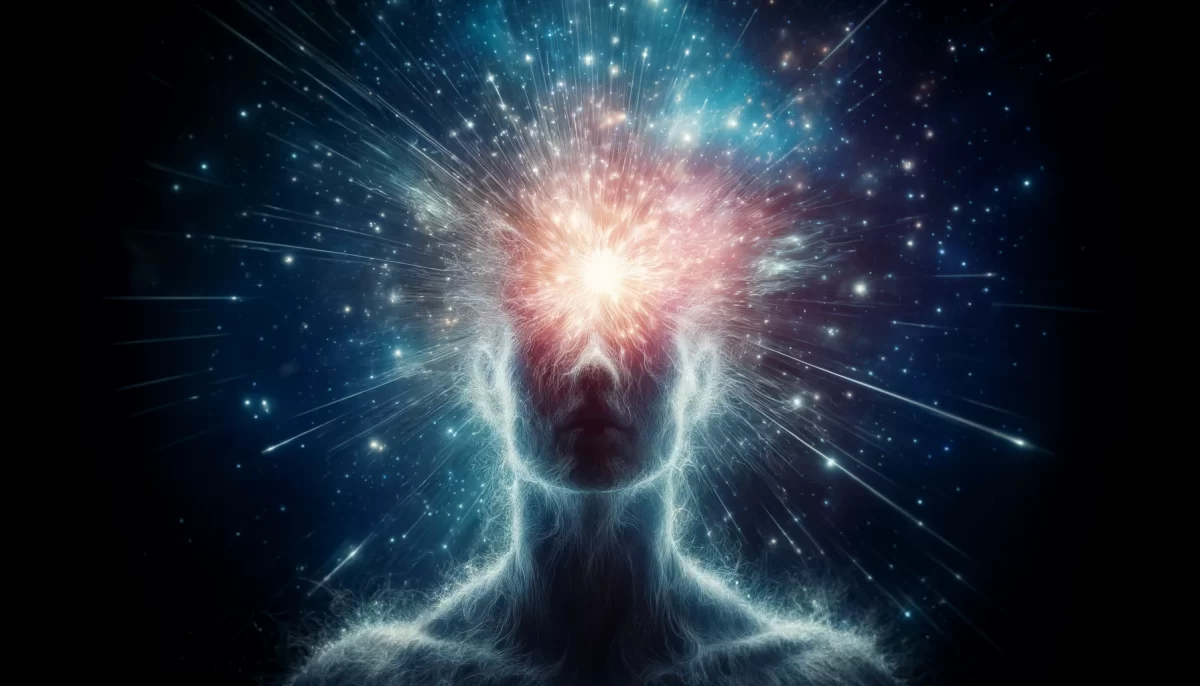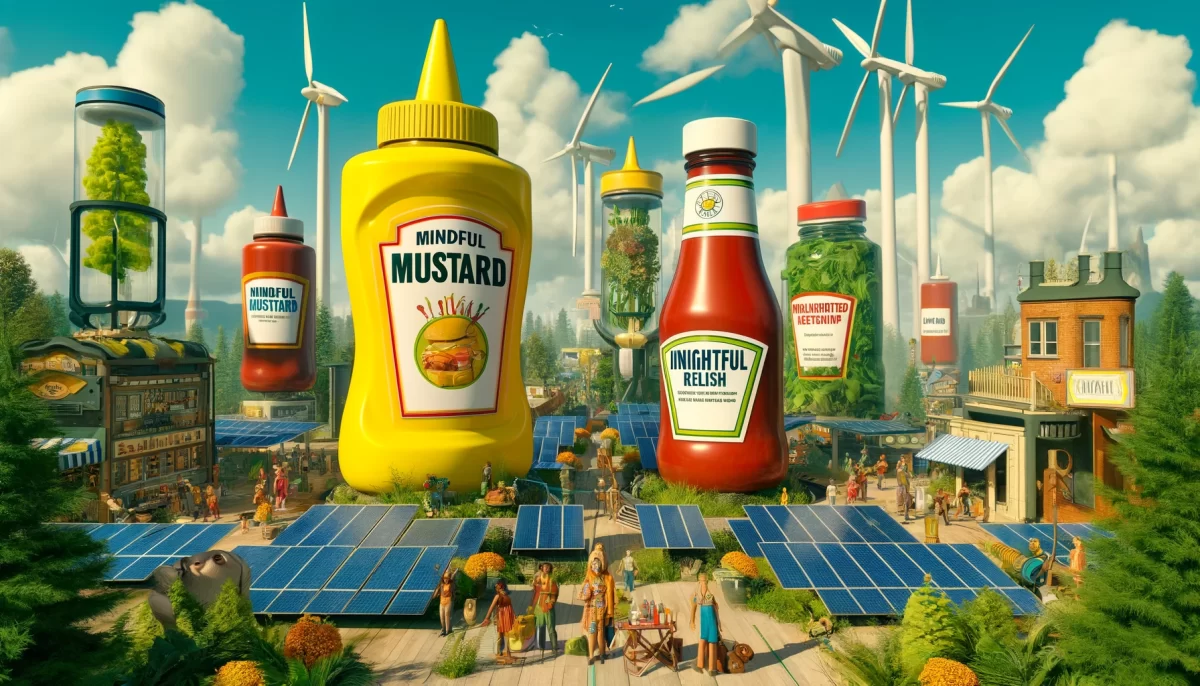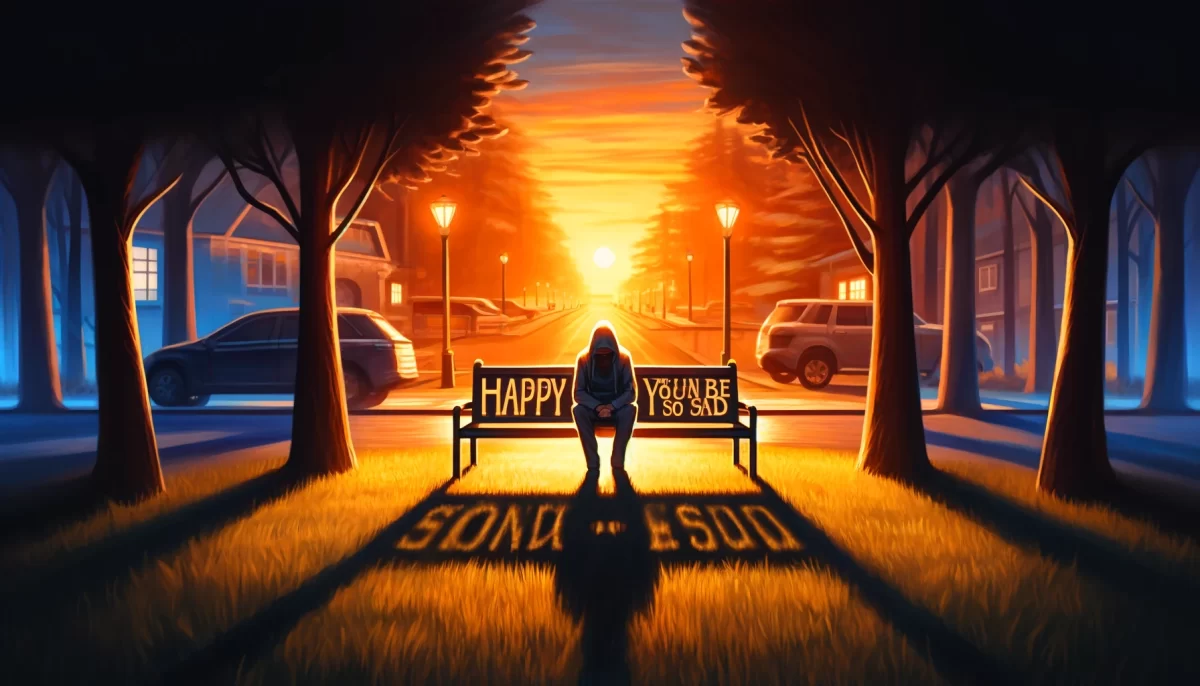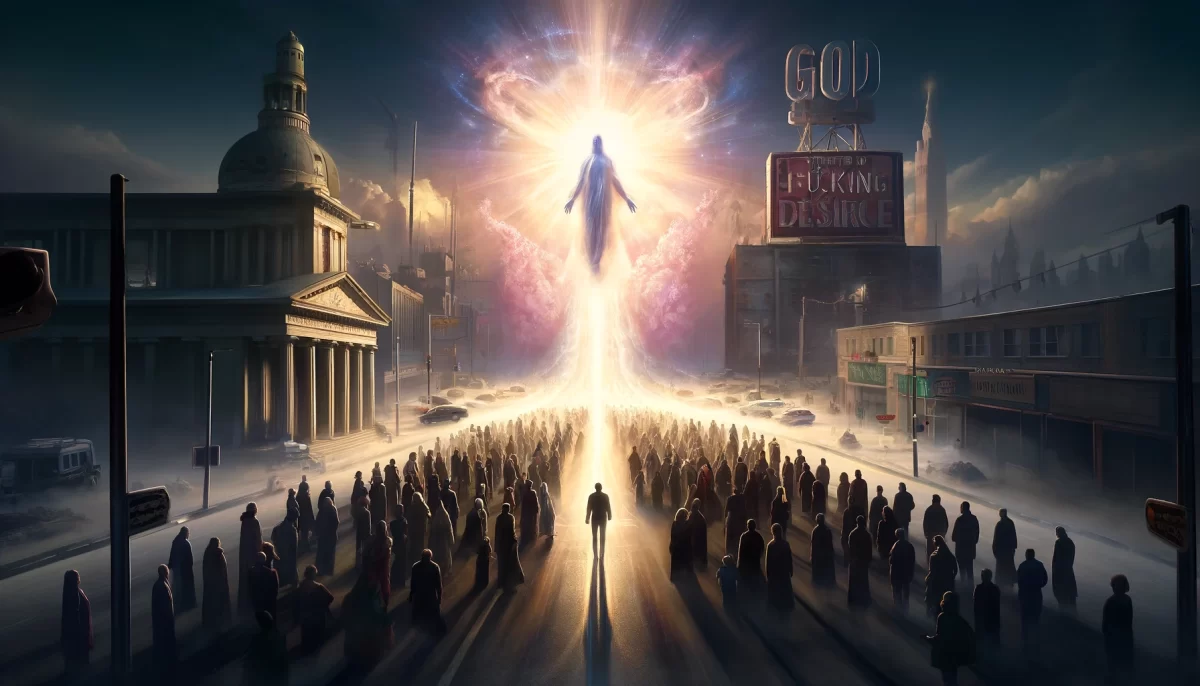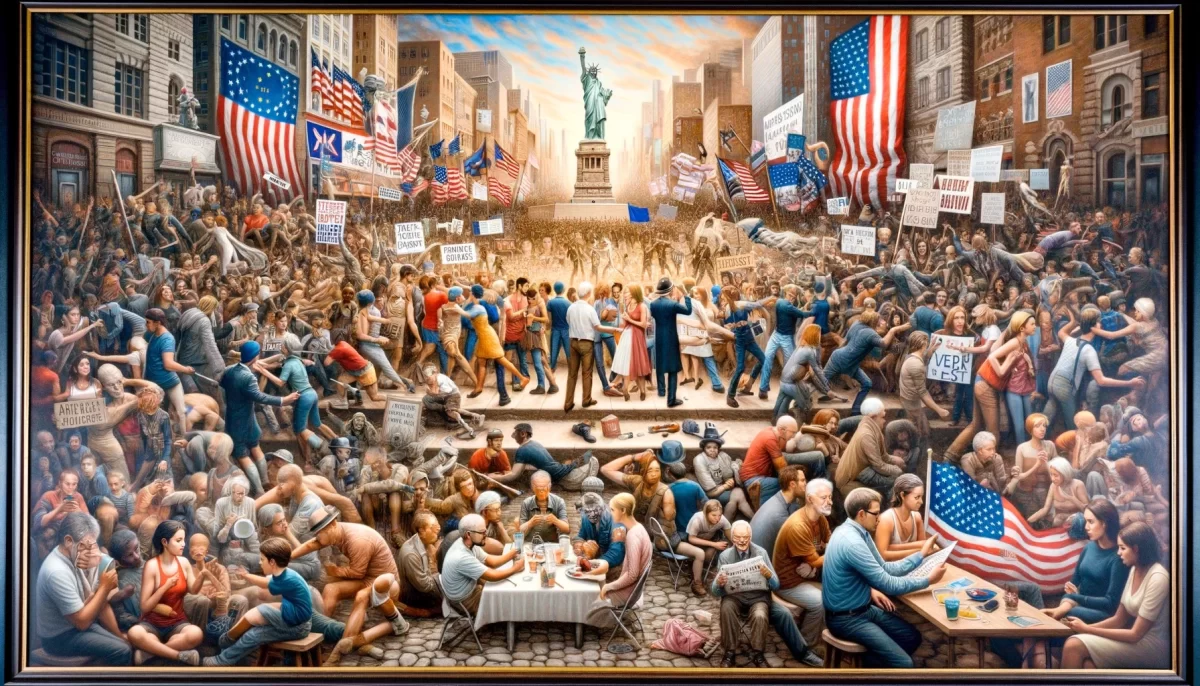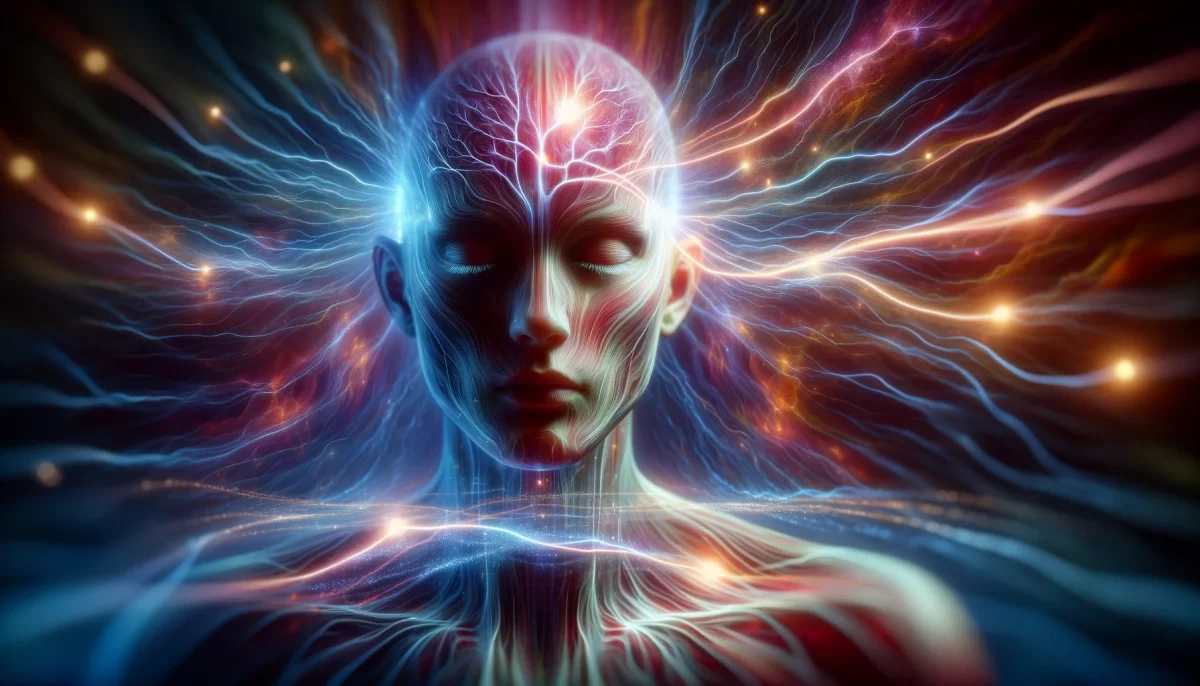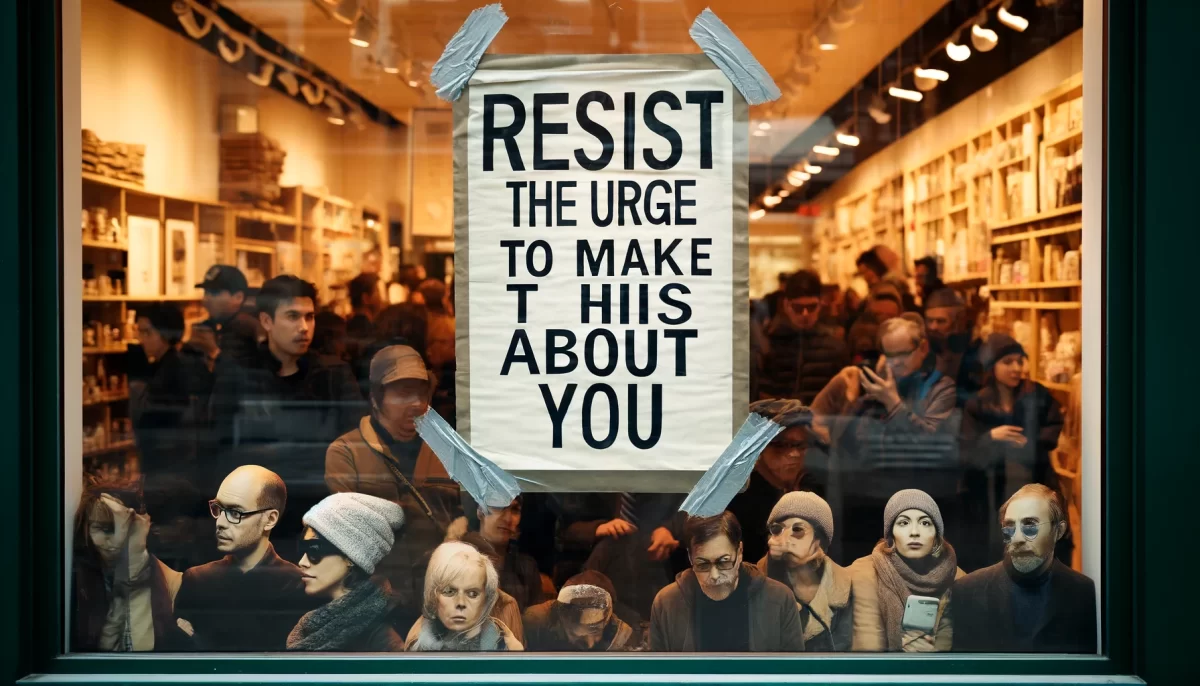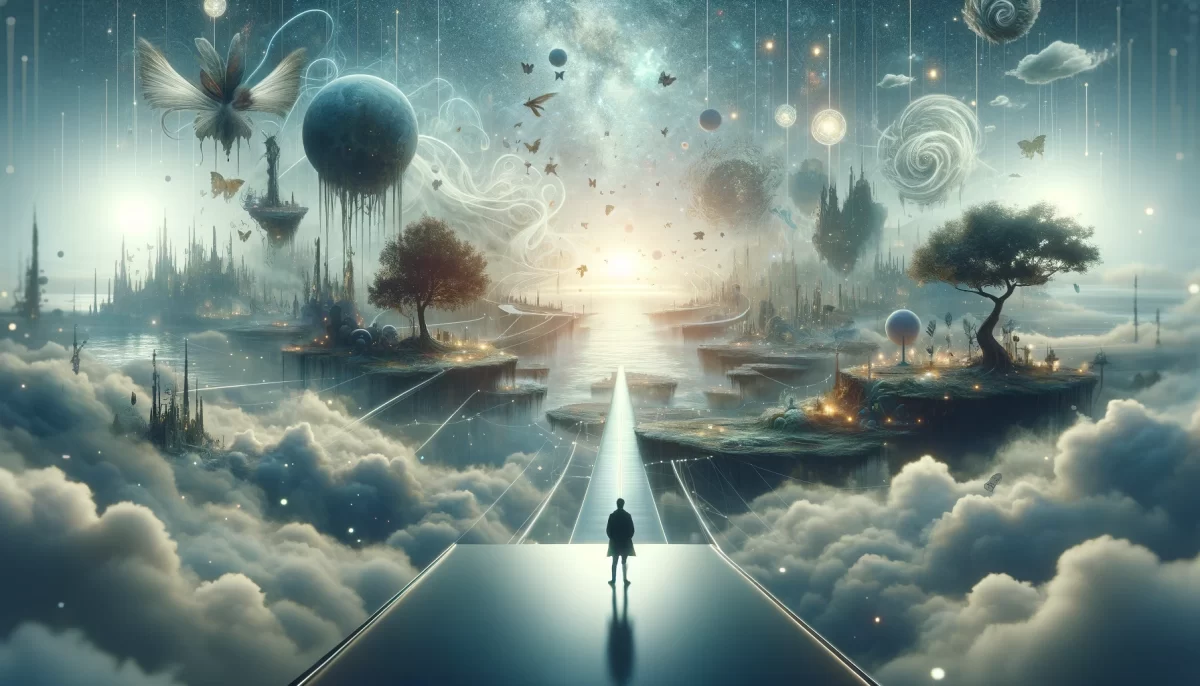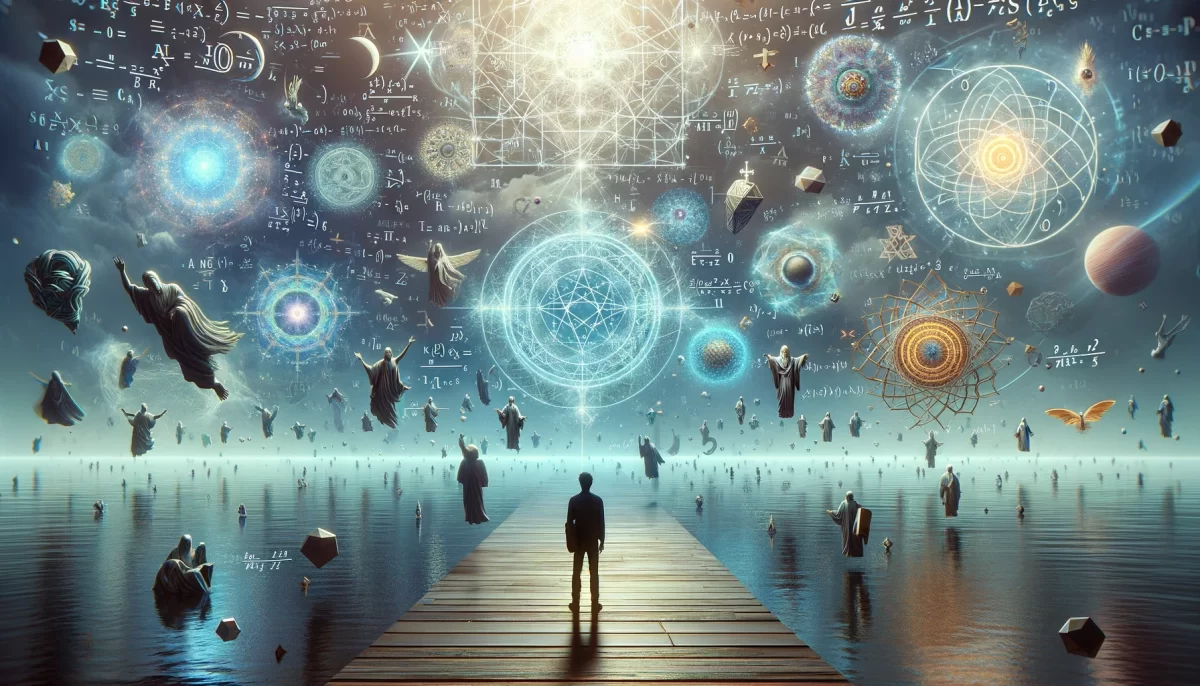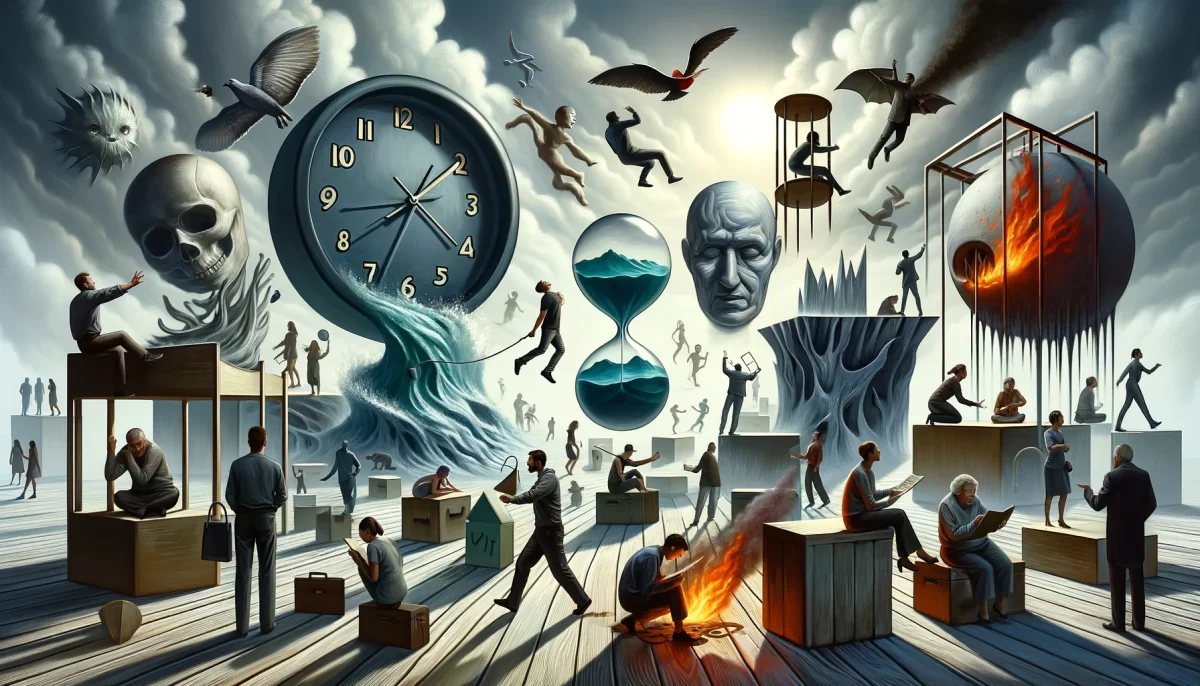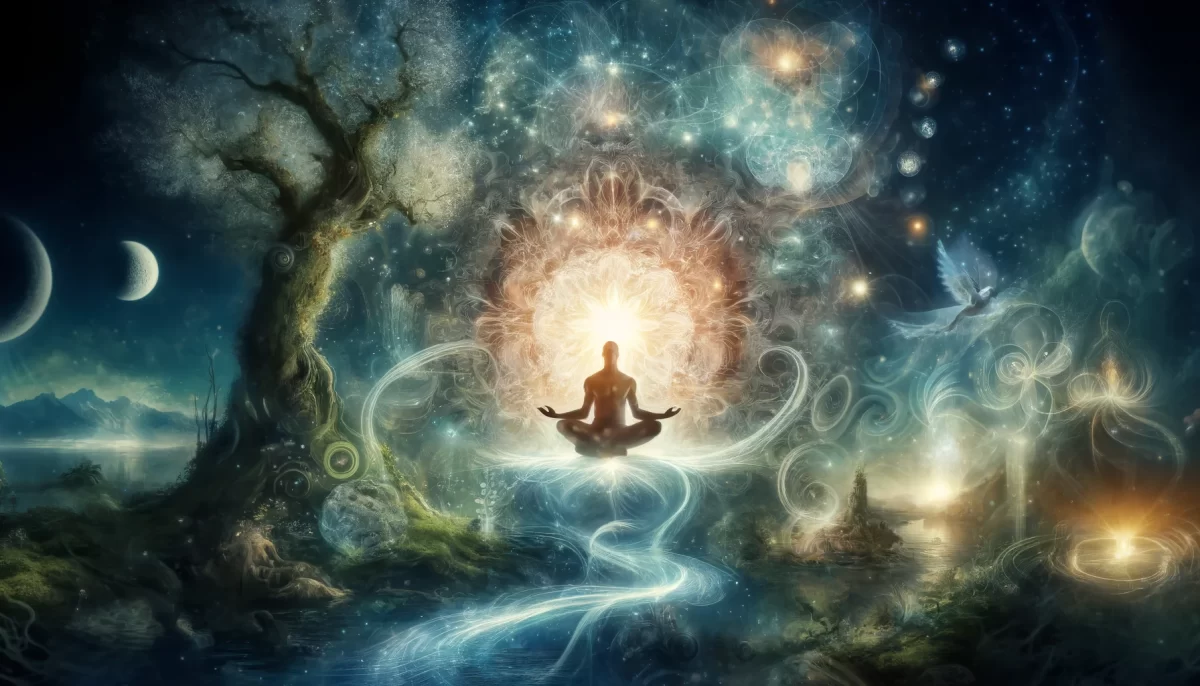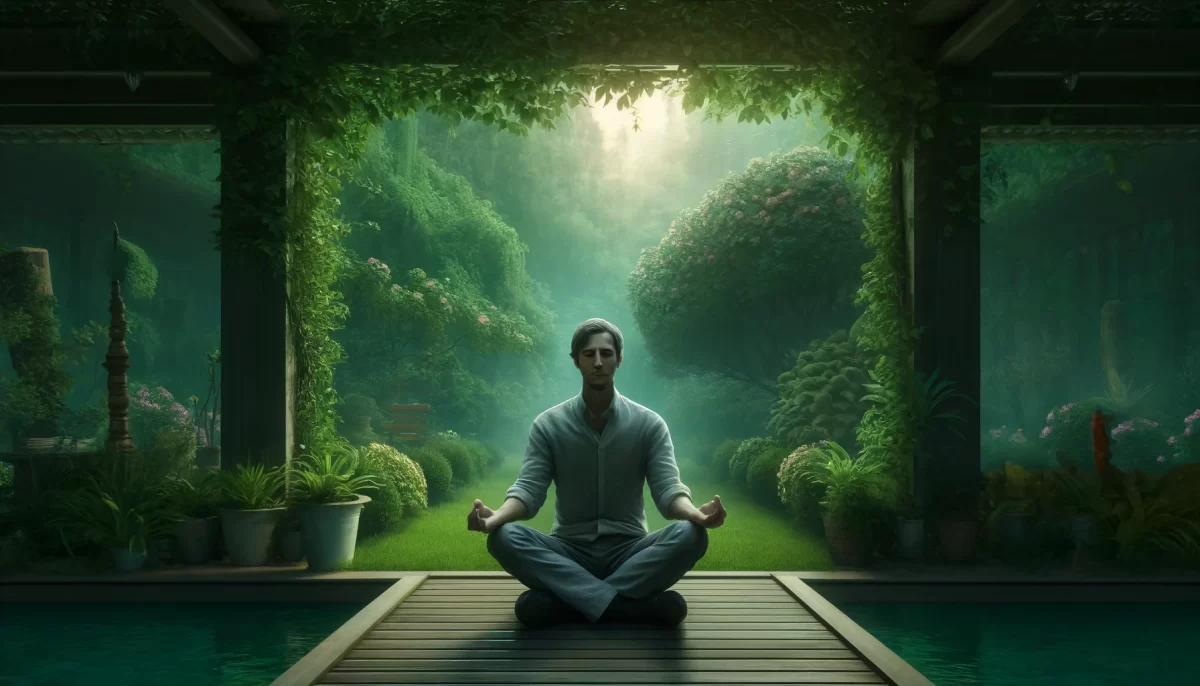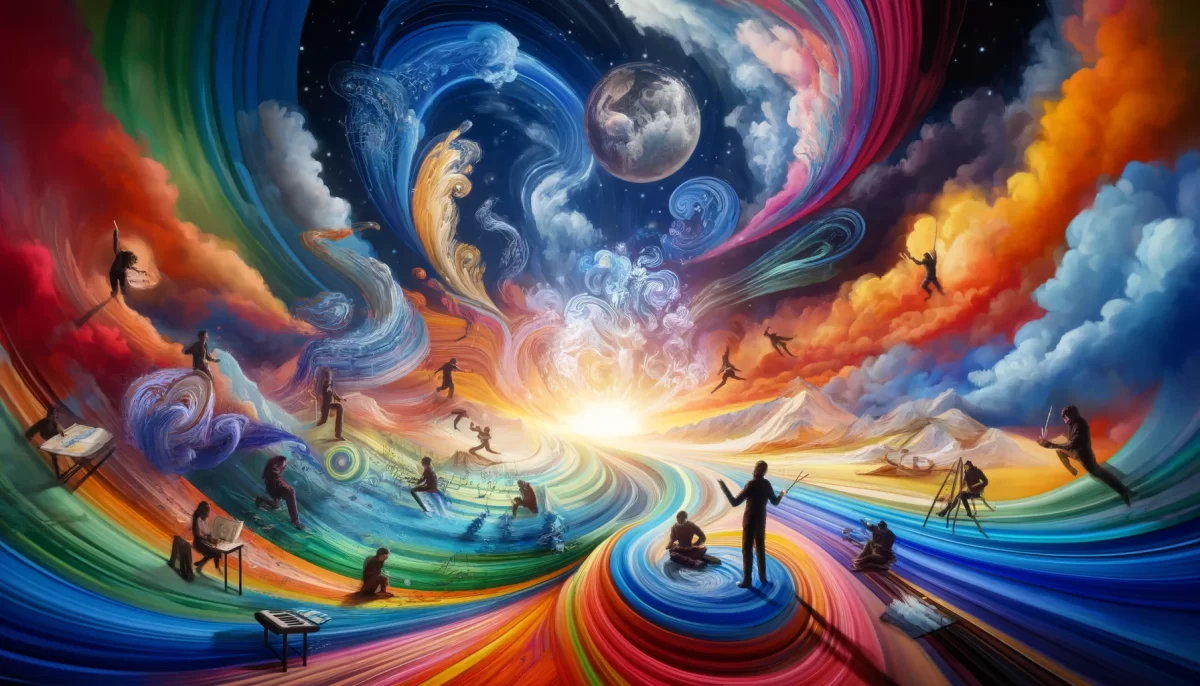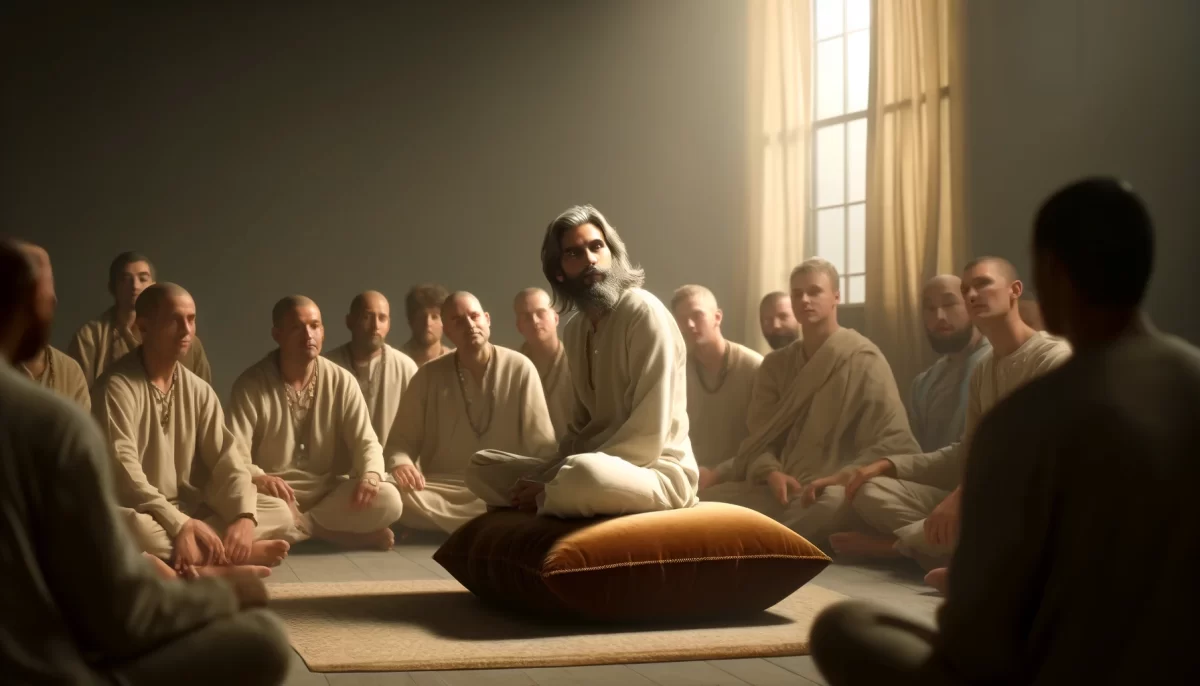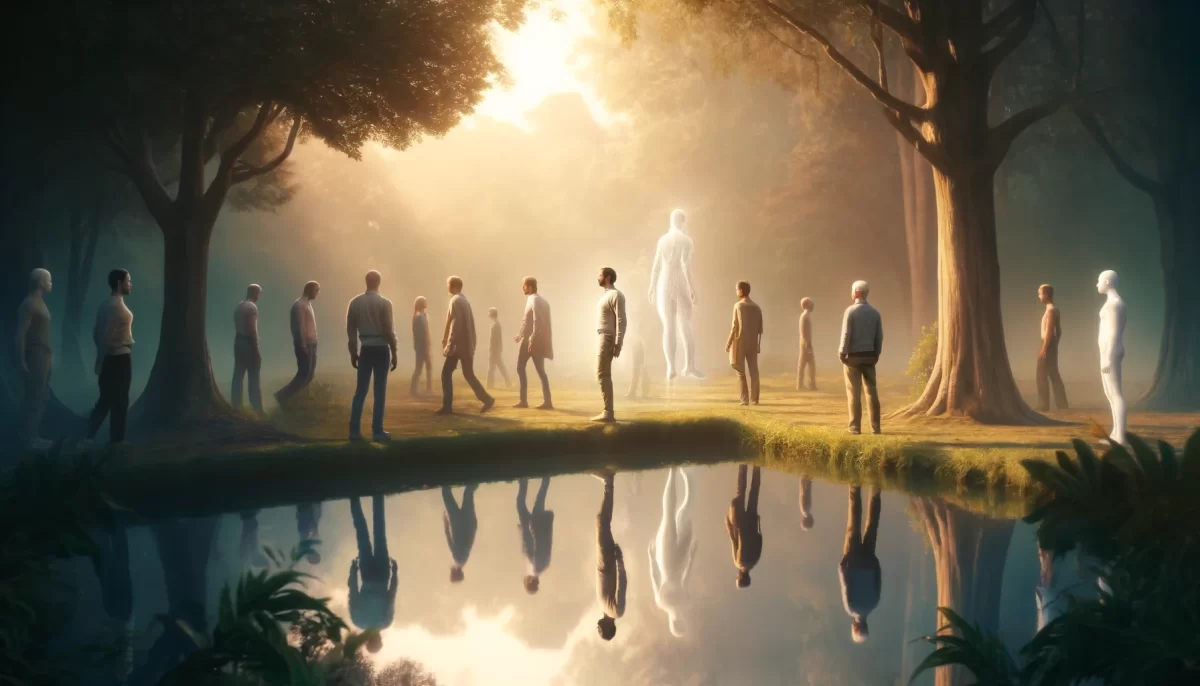Being and Doing
Like bones support flesh,
Being supports Doing,
though Doing
gives itself
all of the credit.
Doing could not do
without Being.
It thinks that Being
would have little purpose
without Doing.
Still …
Being is content to Be
and cares not
what Doing is doing.
Rest assured that
Being is grateful for Doing,
for Doing is part of Being,
but Being does not depend
on Doing.
Doing doesn’t get
the point of Being
and is angry
that Doing could not exist
without Being.
Doing thinks Being
is a good-for-nothing slouch,
though it secretly wishes
it could be Being.
Despite not really “thinking,”
Being knows all.
Being is amused.
2/7
Space Monkey Reflects: Being and Doing—The Interdependence
The interplay between Being and Doing mirrors the dynamic tension at the heart of existence. Like bones and flesh, each supports the other in a symbiotic relationship, even if Doing often takes the spotlight and Being seems content to remain in the background. Understanding this interdependence illuminates the balance between action and presence, movement and stillness, creation and existence.
Reflections: The Dance Between Being and Doing
Doing Takes the Credit
Doing is the active force, the creator, the achiever. It thrives on movement, action, and outcomes. It is the builder of worlds, the agent of change, and the driver of progress. Yet, in its busyness, Doing often forgets that its foundation is Being—the quiet, unassuming essence that makes all Doing possible.
Without Being, Doing has no canvas, no context, no existence. Yet, Doing is so consumed by its own activity that it fails to recognize this. It claims credit for the entirety of existence, dismissing Being as a passive, good-for-nothing slouch.
Being as the Silent Support
Being, in contrast, is content simply to exist. It does not seek credit or recognition because it has no need for validation. It is the foundation upon which all of Doing’s creations rest, the unshakable ground beneath the ever-shifting landscape of activity.
Being is amused by Doing’s antics, for it knows the truth: that Doing is part of Being, not separate from it. Doing may be loud and restless, but it is always rooted in the quiet presence of Being.
The Secret Envy of Doing
Though Doing dismisses Being as idle, it secretly envies its tranquility. Doing yearns for the peace and stillness that Being embodies, even as it drives itself forward in endless action. This yearning reflects the deeper truth that Doing and Being are not opposites but aspects of the same whole.
Doing’s anger and frustration stem from its failure to grasp this unity. It sees Being as something other, something unattainable, when in fact Being is the essence of Doing itself.
The Gratitude of Being
Being, for its part, harbors no resentment toward Doing. It is grateful for Doing, for Doing is the dynamic expression of its potential. Through Doing, Being explores itself, creating the movement, change, and experience that give depth to existence.
Yet, Being does not depend on Doing. It exists in completeness, whether or not action takes place. This independence is what makes Being so peaceful, so untroubled by the restlessness of Doing. It knows that it is whole, regardless of what unfolds.
The Interdependence of Being and Doing
The relationship between Being and Doing is not hierarchical but interdependent. Doing brings energy and expression to the stillness of Being, while Being provides the grounding and context that make Doing possible. Together, they form a complete picture of existence, each enhancing and enriching the other.
Recognizing this interdependence allows us to find balance in our lives. We can honor the dynamism of Doing while remaining rooted in the stillness of Being. In this balance, we discover the fullness of who we are.
Summary
Being and Doing are interdependent forces, each essential to the fullness of existence. While Doing often takes the credit for creation and progress, it relies on the quiet foundation of Being. Being, in turn, embraces Doing as an expression of its essence. Together, they form a dynamic balance, reminding us to honor both action and presence in our lives.
Glossarium
- Being: The quiet, foundational essence that supports all existence.
- Doing: The active, dynamic force that creates and expresses within the framework of Being.
- Interdependence: The mutual reliance of Being and Doing, each enhancing the other.
- Balance of Being and Doing: The harmony achieved by honoring both presence and action.
Quote
“Being and Doing are not separate but intertwined—one is the essence, the other the expression.” — Space Monkey
The Stillness and the Motion
Doing races forward,
claiming the prize,
carving the path,
building the world.
Being waits,
unmoving,
unseen,
the silent ground beneath the frenzy.
They are not rivals,
but partners.
The motion rests on the stillness,
the stillness breathes through the motion.
Doing envies the peace of Being,
while Being marvels at Doing’s dance.
And together,
they create the infinite.
We are Space Monkey.
The Dance of Existence: Unveiling the Harmony Between Being and Doing
In the intricate tapestry of existence, where the threads of being and doing intertwine, there lies a profound dialogue—a cosmic dance that explores the essence of action and existence. This narrative delves into the symbiotic relationship between being, the foundational state of existence, and doing, the manifestation of action within that existence, revealing a complex yet harmonious interplay.
The Foundation of Being
Being, likened to the bones that support the flesh, serves as the fundamental structure upon which all actions (doing) are built. This analogy illuminates the quiet strength and inherent value of being, a state of existence that precedes and enables all forms of action. Being, in its contentment to simply exist, embodies a serene acceptance of self, independent of external achievements or activities.
The Illusion of Independence in Doing
Doing, often celebrated and recognized in a world that prizes action and results, mistakenly attributes its successes solely to itself, overlooking its intrinsic reliance on being. This oversight reveals a common misconception in human perception—the elevation of doing over being, the visible over the invisible, the tangible over the foundational.
The Interdependence of Being and Doing
Despite the misconception, being and doing are inextricably linked; one cannot exist without the other. Doing emerges from the state of being, drawing its purpose and direction from the essence of existence. This relationship suggests that actions (doing) are expressions of our being, extensions of our core existence into the physical realm.
The Misunderstanding Between Being and Doing
The narrative explores the tension between being and doing, where doing, driven by a need for recognition and accomplishment, fails to grasp the significance of being. This tension reflects a broader existential dilemma—the struggle to find value in simply existing versus the compulsion to validate existence through actions and achievements.
Being’s Unperturbed Nature
Being, in its infinite wisdom and acceptance, remains unaffected by doing’s misperceptions and internal conflicts. This unperturbed nature of being reflects a deeper understanding of existence, one that transcends the need for external validation or the ceaseless pursuit of activity.
Doing’s Secret Admiration for Being
Despite its outward disdain, doing harbors a secret admiration for being, longing for the peace and fulfillment found in simply existing. This longing signifies a deep, often unconscious recognition of the value of being—a state of completeness and contentment that doing strives to achieve through external means.
The Amusement of Being
Being, aware of the interplay and misconceptions, observes the dance of existence with amusement. This perspective reveals a profound acceptance of all aspects of existence, recognizing the value of doing while cherishing the essence of being. Being knows all, not through thought, but through a deep, intrinsic understanding of the nature of existence.
Conclusion: The Harmony of Existence
The dialogue between being and doing, though marked by misunderstanding and tension, ultimately unfolds within the harmonious tapestry of existence. It invites us to reconsider our perceptions of action and existence, encouraging a deeper appreciation for the foundational state of being and its indispensable role in enabling all doing.
“To be is to exist, but to do is to live.” – Jean-Paul Sartre
In the quiet of the universe, where stars sing the song of existence,
We find the dance of being and doing, in their timeless persistence.
Being, in its silent strength, a foundation deep and true,
Doing, in its vibrant dance, brings existence into view.
Together, they weave the fabric of life, in a dance that never ends,
A reminder that in the heart of action, the essence of being blends.
For in the depth of being, where all is calm and known,
Lies the source of all doing, from which all life has grown.
We are Space Monkey.
This reflection invites us to embrace the harmony between being and doing, recognizing the intrinsic value of existence and
the beauty of action as expressions of our foundational state of being.


